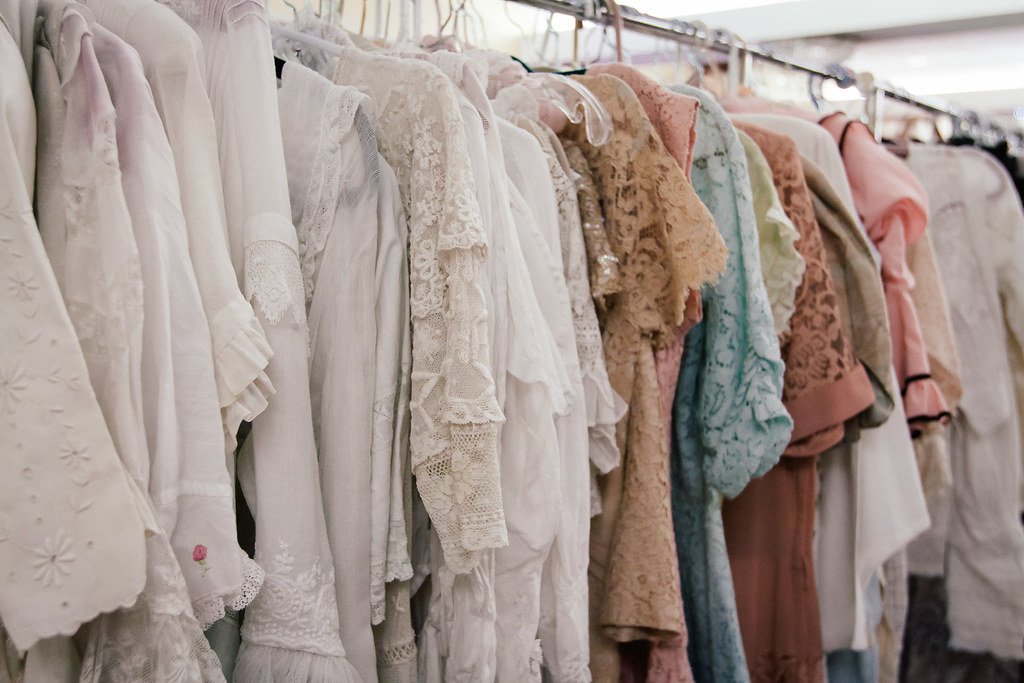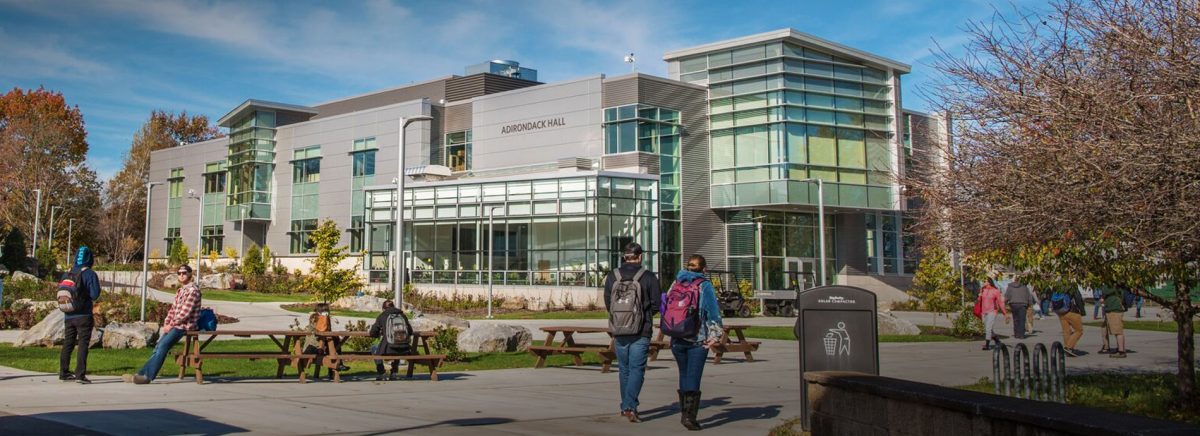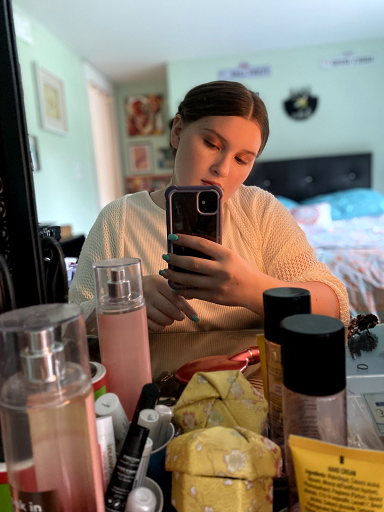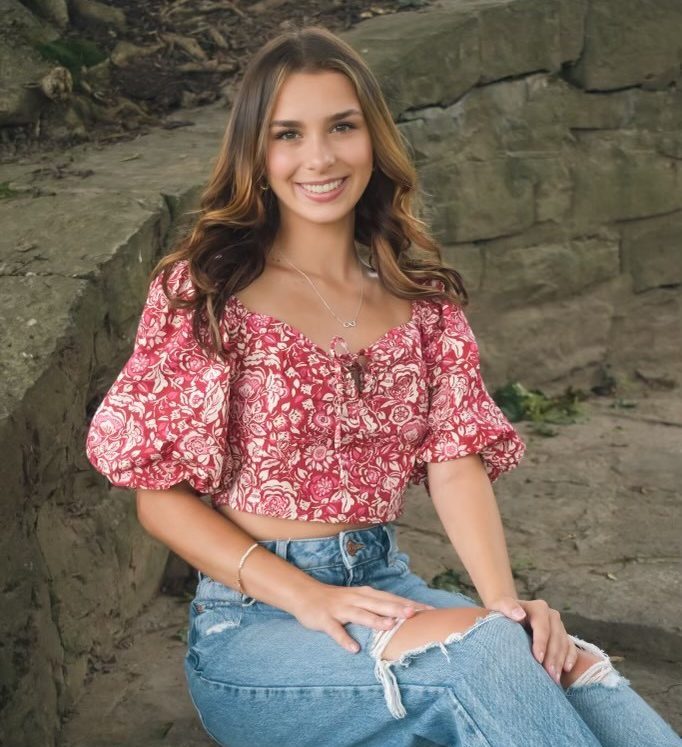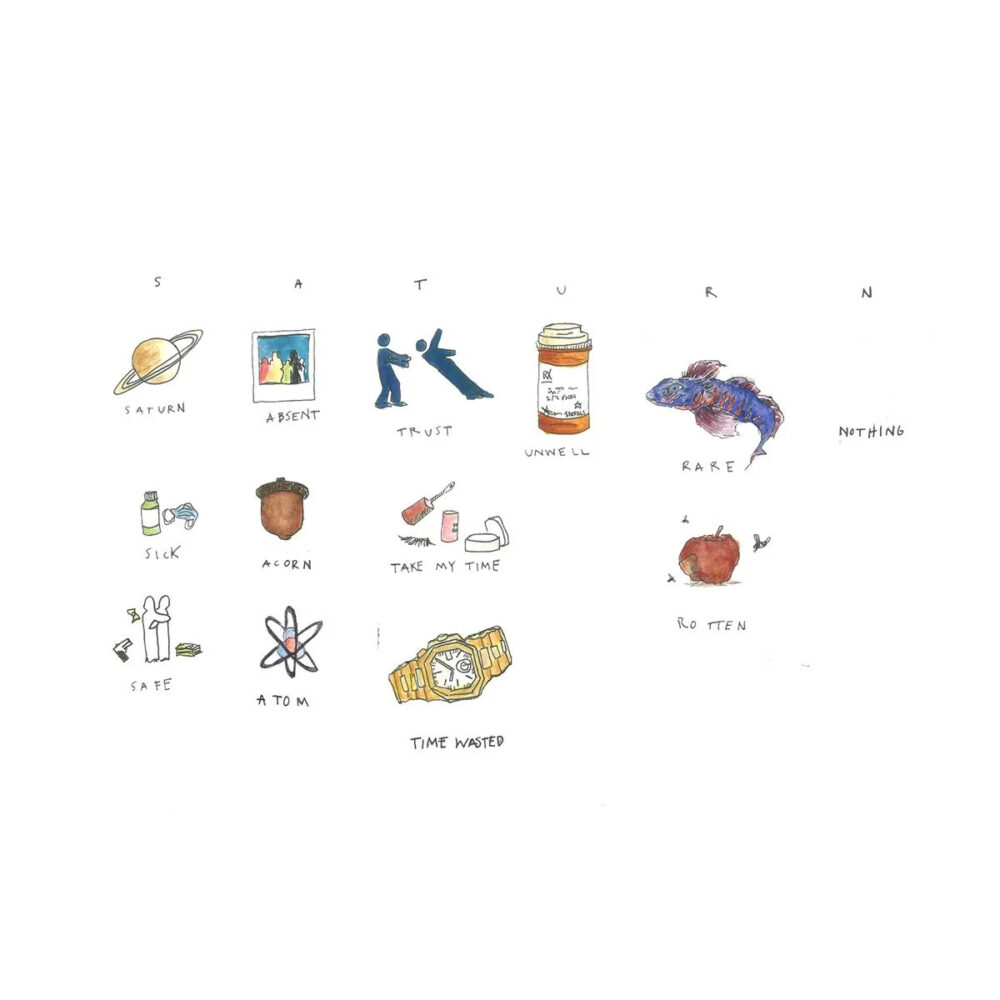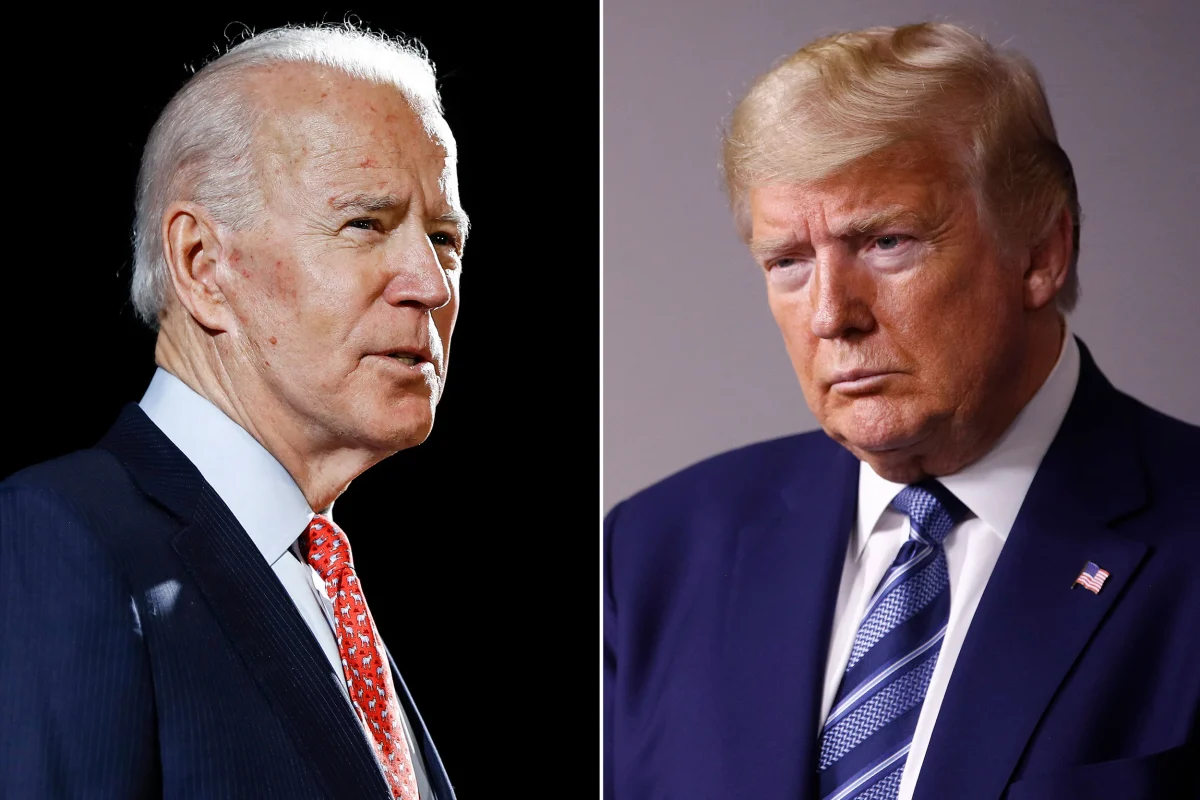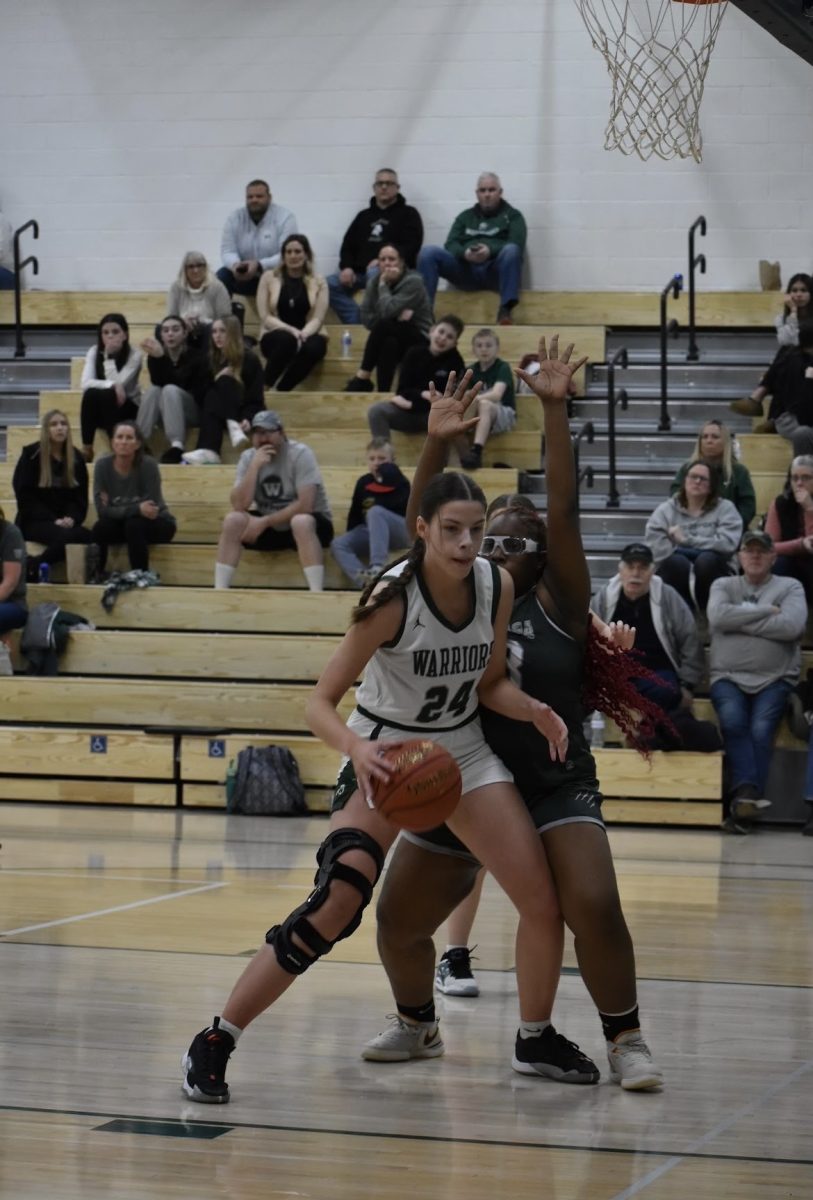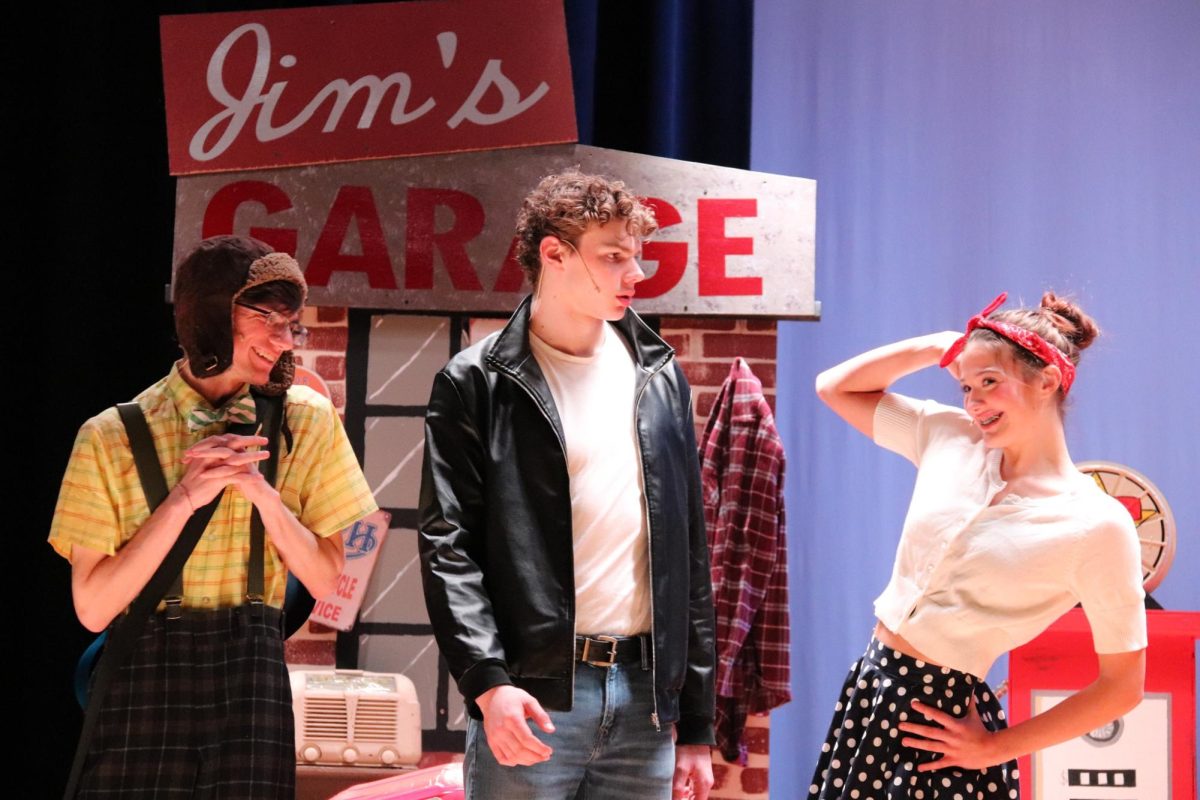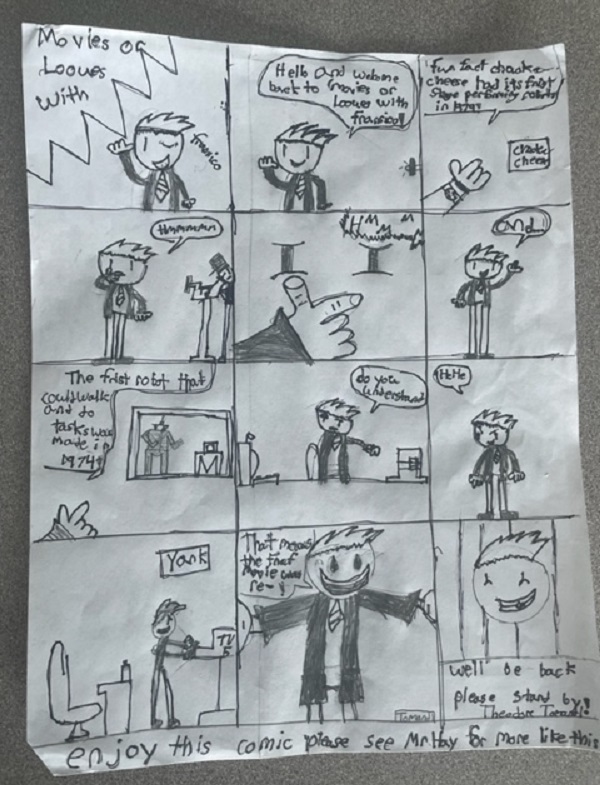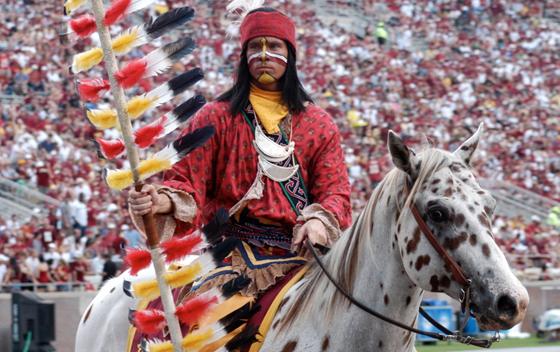
It is a hot, humid day at Florida State. The sun glistens over Doak Campbell Stadium. The crowd is watching anxiously from the stands. Suddenly, out of nowhere, a young Native American man gallops across the field on a gleaming white stallion. In his hand is a flaming spear which he brandishes in exhilaration as the crowd roars to show its approval. Florida’s Seminole inhabitants have always supported their image as a mascot for Florida State. They revel in the fact that their heritage will be remembered in this way, however they only allow this if the horseman, and attire, are of the Seminole tribe. Other tribes across America, however, may not approve of their heritage portrayed this way.
Many colleges have had to change the mascots because they were cartoonish, and spread stereotypes that these tribes found disrespectful. A good example of this would be Syracuse University. As some in our area may recall, the mascot was the Orangemen, an albeit slanderous term referencing the Onondaga Tribe’s warriors. At games, there would be the famous Saltine Warrior who would entertain the crowd, dancing around and swinging a hatchet. The Onondaga Tribe asked them to change the mascot out of respect for their culture. Thus the mascot was changed to the Orange now known as “Otto,” referencing the fruit as the mascot. Another example of this controversy would be The University of North Dakota’s Fighting Sioux. However in this scenario, when the Sioux tribes asked the university to change the name, a major (non-native american) donor to the college said he would cut off his donations to the university if the mascot was changed. Thus, UND is still known as the Fighting Sioux.
Even here at Weedsport there is some debate about the topic. I recently interviewed both Health Teacher and Coach, Mr. Sgarlata, as well as U.S. History Teacher, Miss Leonardi. Both wanted to respect the heritage and culture of Native American tribes, and paraphrasing a point Coach Sgarlata made, ‘It’s not really our choice whether it is acceptable or not, it is up to the Cayuga Tribe leaders to determine that.’
When asked about what the difference between what is acceptable and what is not, the consensus between both responses was that respect and accuracy were essential. For example, our mascot cannot have Mohawk feathers and brandish a spear, because that is not what authentic Cayuga tribesmen did. That is also why our mascot is an image of a Cayuga warrior, because a cartoonish portrayal is not respectful to the culture.
Recently we have been asked to change our mascot. The school received a letter from an anonymous, A. Telfair. The letter is as follows;
“I am writing because I disapprove of your Weedsport Warriors mascot. It is disrespectful and I find it ridiculous in 2013 that schools such as yours will not give up on appropriation of stereotypical images of Native Americans. I bet your schools do nothing to inform its students about the struggles of modern day Natives in America and i’m sure your students don’t know about the controversy surrounding such mascots. For your information, many Native American warriors in 2013 wear suits and carry briefcases instead of feathers. Your district needs to change the mascot”.
The Board of Education has responded to this by stating that this topic has been considered, and action will be taken if necessary. A committee of taxpaying citizens, students and teachers will be created in order to discuss the issue, however the final decision will be made by The Board of Education. If you are interested in signing up for the committee, you can sign up at the district office by October 15.
